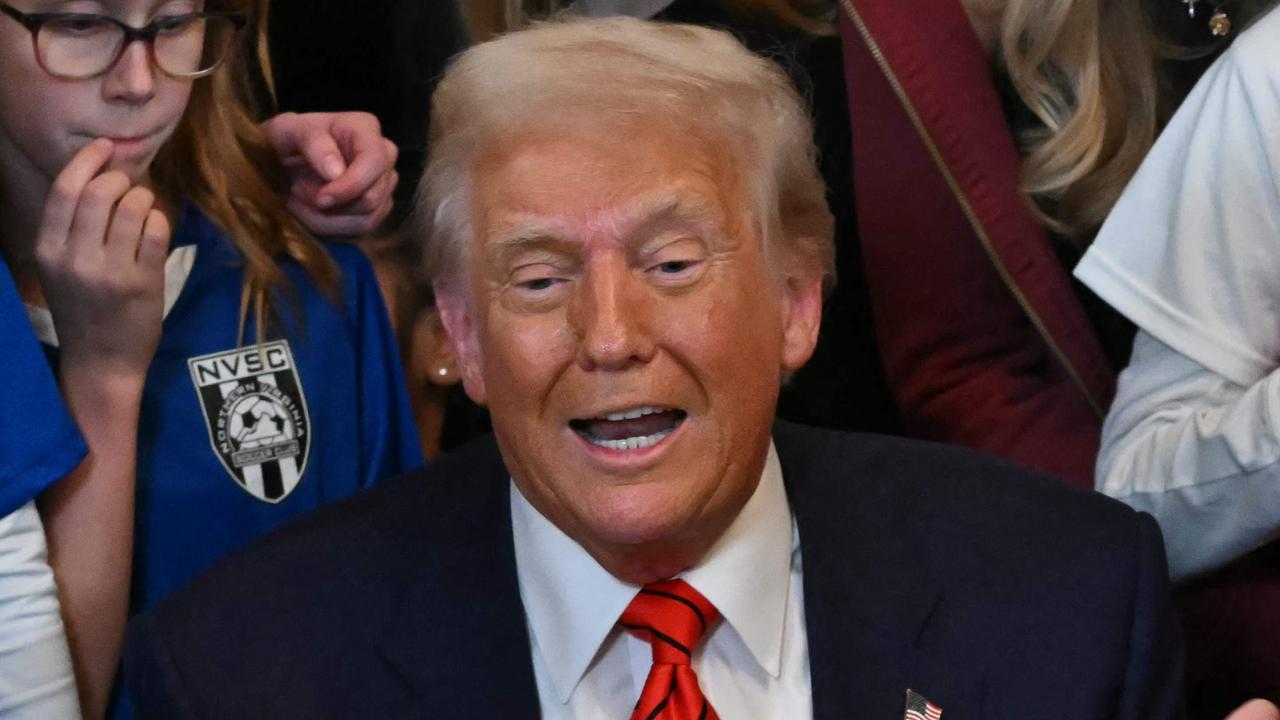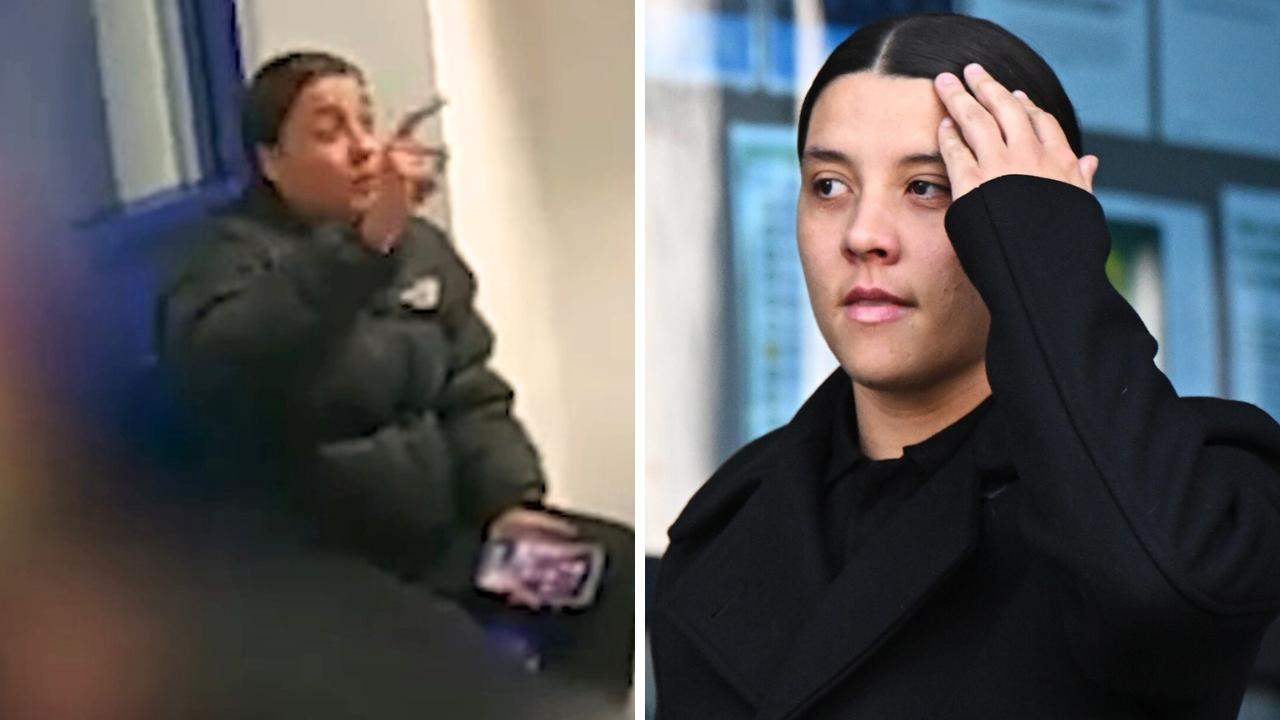Photos show amazing lengths UNICEF workers take to deliver Covid-19 vaccinations
No mountain is too high and no river is too wide for the frontline workers tasked with delivering the Covid vax to the world.
World
Don't miss out on the headlines from World. Followed categories will be added to My News.
Exclusive: From climbing over mountains to swimming through streams, there is no end to the lengths health workers are taking to get the Covid-19 jab to some of the most remote locations in the world.
The United Nations Children’s Emergency Fund, the charity that has vaccinated half the world’s children for routine immunisations, is now tasked with immunising the world against the deadly virus on behalf of the international effort known as COVAX.
This is because UNICEF is the largest single vaccine buyer in the world by working with manufacturers and has the cold chain storage and logistics already established to deliver two billion Covid vaccines this year to more than 100 countries.

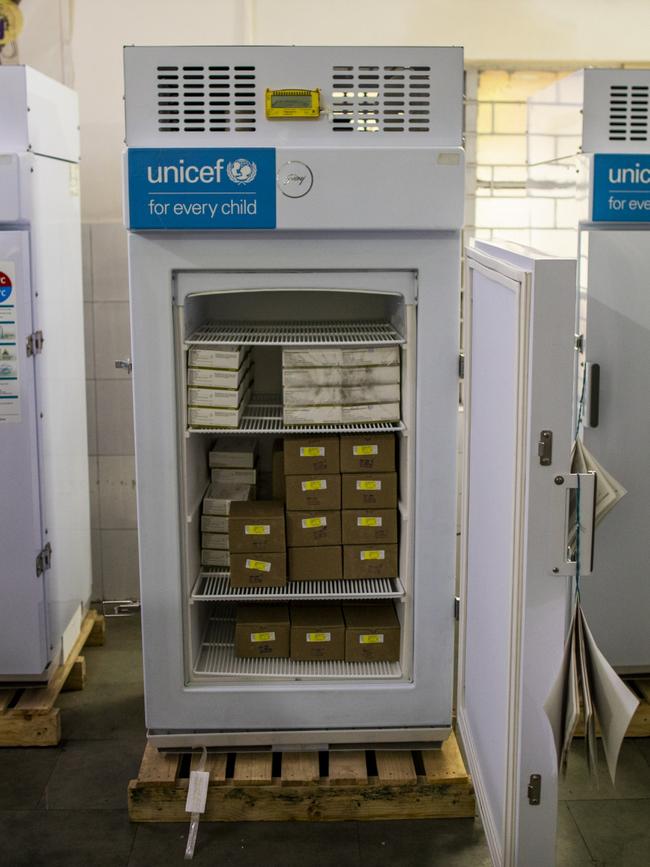
Dr Shaikh Kabir, UNICEF’s immunisation specialist in Papua New Guinea, is involved in the distribution of the AstraZeneca vaccine in the southwestern Pacific nation where they have just one doctor per 10,000 people, compared to 36 doctors per 10,000 people in Australia.
UNICEF workers there have not only had to tackle PNG’s tribal society with tact but also find ways to navigate the natural habitat – including the harsh routes up to the PNG Highland provinces.
“There are a few health facilities which require us to fly so we have mapped those locations in association with the respective provincial health authority and then we’ve established some partnerships with partners and donors, such as currently we have the French embassy providing some flying powers to PNG so those vaccines are taken to those remote facilities,” Dr Kabir said from PNG.
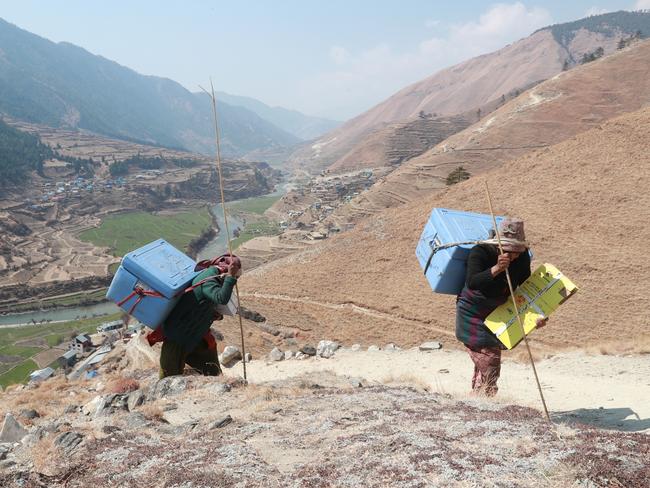
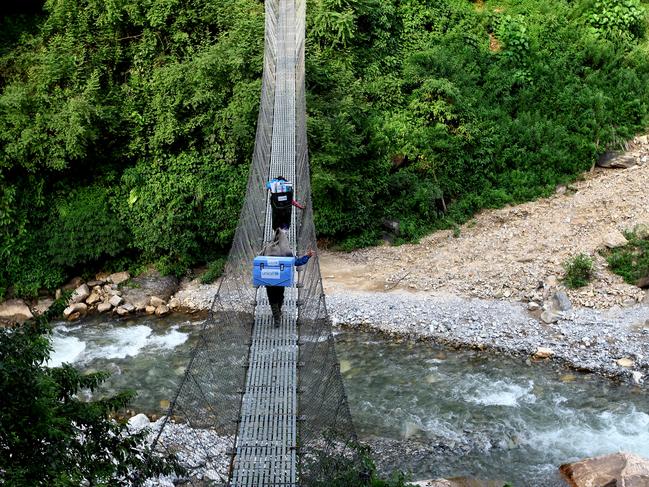
In some hard-to-reach communities, UNICEF workers have no choice but to travel on foot and even swim through river streams while carrying the vaccine in cold storage on their back.
“And then there are some health facilities that are disconnected by river or sea so big cooler boxes are used and vaccines are put in those to keep them cool for up to seven days and those boxes are used to ship them to those remote facilities,” Dr Kabir said.
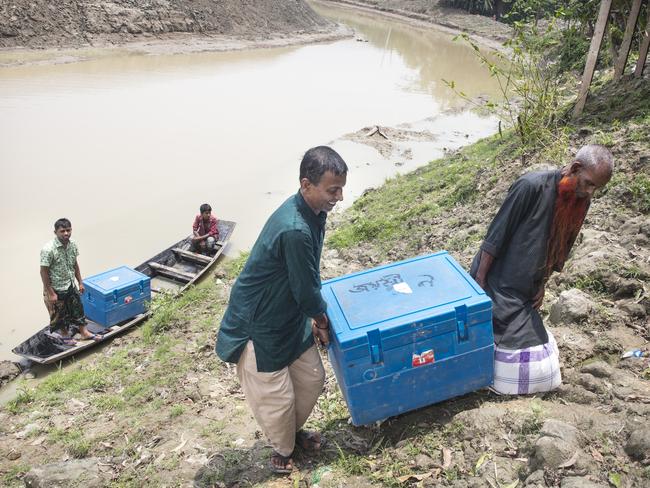

Civic leaders have fortunately been open to working with health facilities to increase take up of the Covid-19 vaccine.
“We haven’t been seeing any resistance from any community groups or any tribal groups against the vaccination though there are hesitancies, misconceptions and rumours, but resistance, no,” Dr Kabir said.
He laughs when he hears about anti-vax protests in Australia: “They are really over conscious, super conscious.”
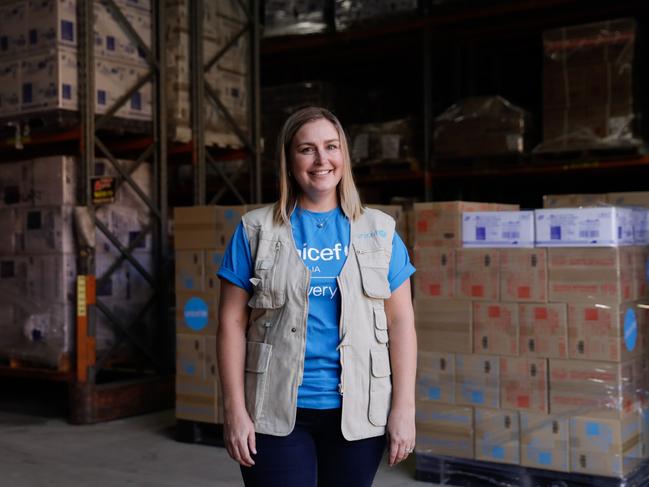

UNICEF Australia Director of International Programs Felicity Butler-Wever said Australia had committed $130 million to COVAX so far – $50 million of that was announced on Wednesday night – and an undisclosed amount in Covid vaccines to countries in need.
But Australia and other wealthy nations need to give more if UNICEF is to “deliver on this very aspirational but critical goal of the two billion doses.”
“So far through COVAX, 76 million doses have been delivered to 126 countries. It’s a widespread and complex undertaking, it’s not as progressed as we would like, there are supply issues like what we are having in India (where the healthcare system is at breaking point),” Ms Butler-Wever said.
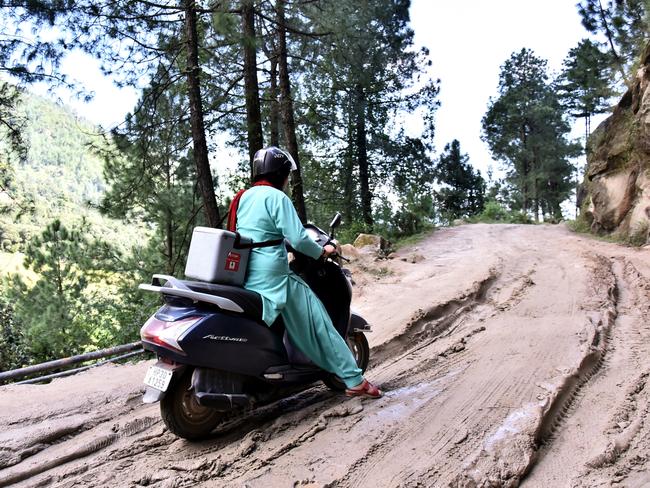
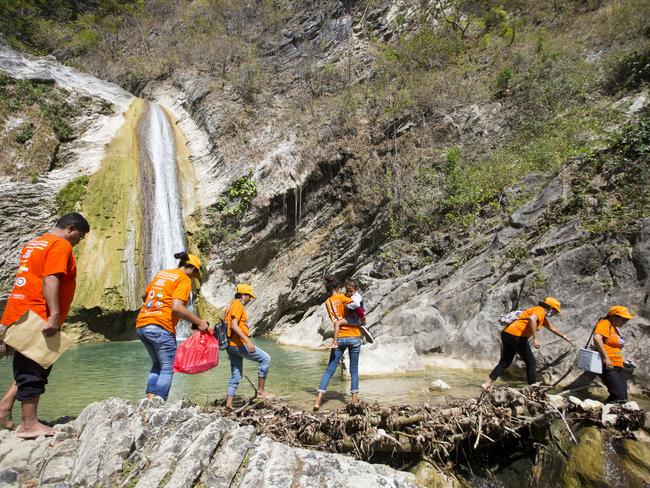
“Wealthier nations sometimes have much more availability because they have bilateral purchasing agreements. UNICEF is advocating for wealthier nations to be donating some of the doses they have available to reach countries where we are having supply issues.”
The biggest challenge for UNICEF is in conflict zones like Yemen, Syria and Myanmar.
“They are very complex because you don’t in some countries have a functioning government and therefore health system through to which deliver, you rely on the humanitarian system to get vaccines out; and we would have problems just getting into some of those affected regions let alone delivering Covid vaccines and let alone being able to create awareness among the population on why they should get the vaccine.”
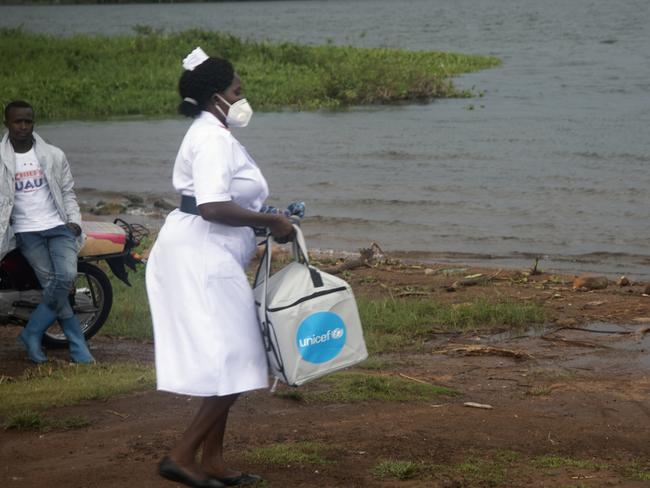
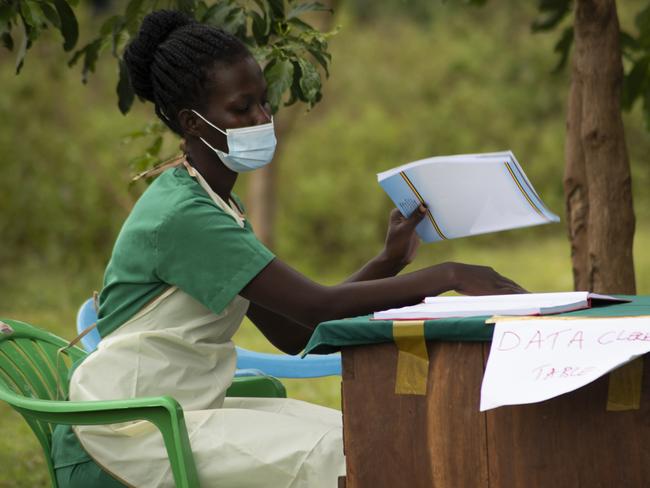
Charities and NGOs play an important role but you can’t replace the local health system. Instead UNICEF works with local health authorities to fill the gaps in training and supply.
“We need to work to strengthen those collaboratively, look at where are the gaps and how do we invest in that system so that those problems no longer exist,” Ms Butler-Wever said.
“UNICEF negotiates for better deals with pharmaceutical companies and provides training and guidance to safely administer vaccinations and the cold chain to map out how the vaccines will arrive in countries and reach remote areas.”
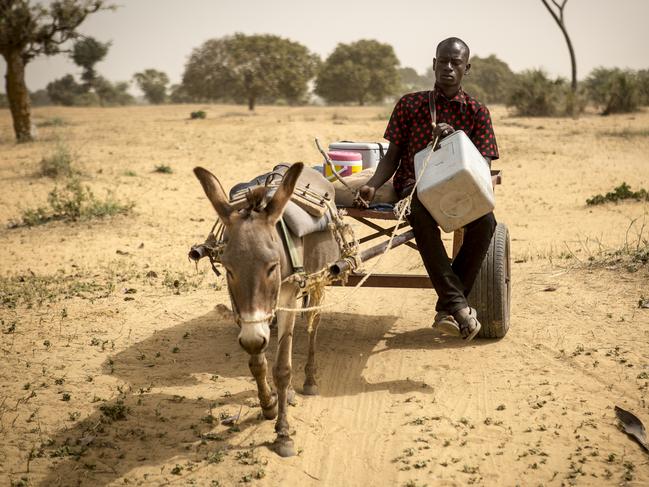
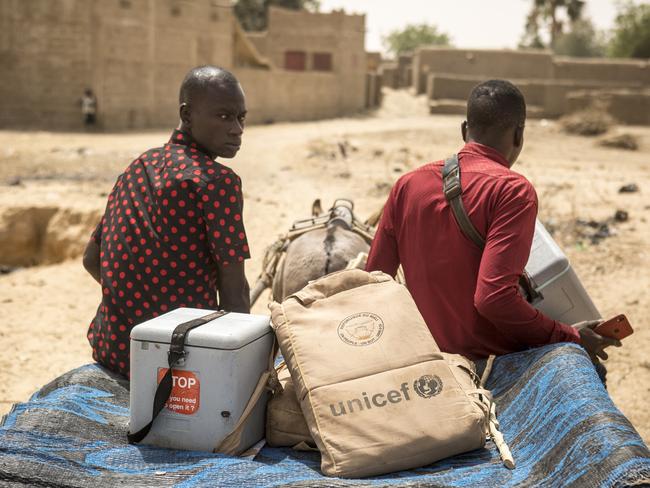
UNICEF Australia CEO Tony Stuart said now with Covid-19, UNICEF and partners are leading the largest vaccine procurement and supply operation in history.
“UNICEF is working around the clock to distribute two billion doses of the Covid-19 vaccine to protect healthcare workers, families and, in turn, children everywhere. From our supply division in Copenhagen to the most remote village, our team does whatever it takes to deliver vaccines as no one is safe from Covid-19 until we are all safe,” he said.
“We will always find a way to help reach every child and family.”
More Coverage
Originally published as Photos show amazing lengths UNICEF workers take to deliver Covid-19 vaccinations




